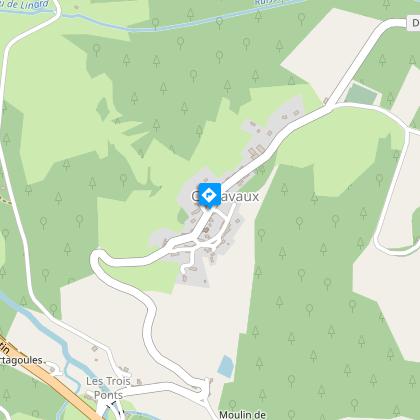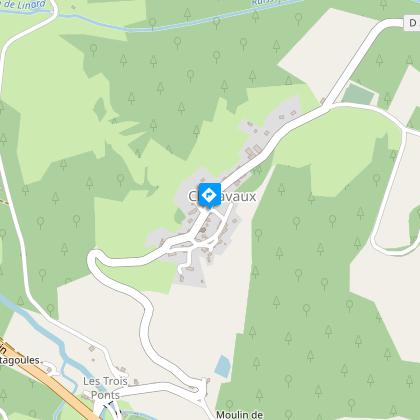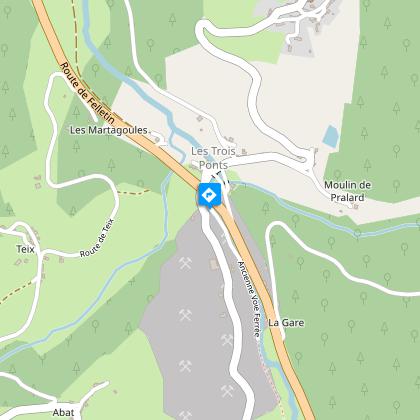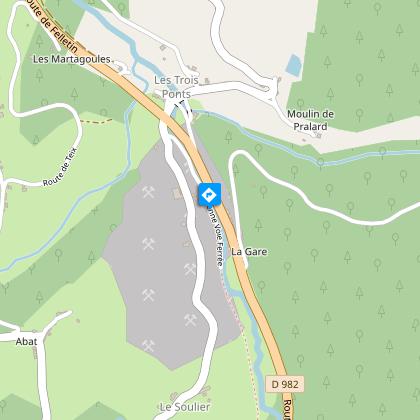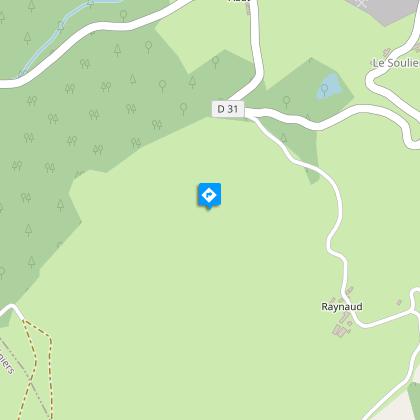Alert
Alerts
Le Puy Raynaud moor


IGN cards
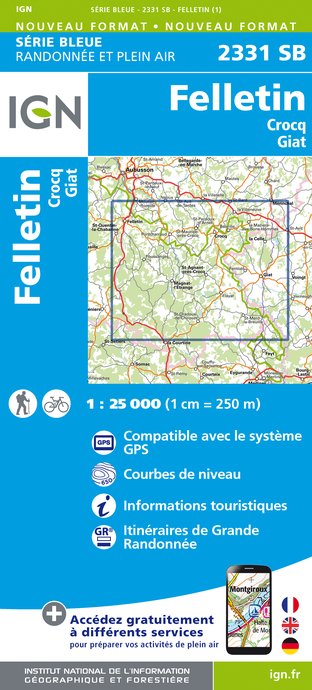





Description
Welcome to the town of Clairavaux, on the Creuse lands of the PNR de Millevaches in Limousin. This trail invites you to discover the special characteristics of the Creuse valley.Depart from the church square. Go back up into the village and turn right into an alley. Go right at the next crossing to reach a grassy path that goes down to a pond.Take the road on the right to reach the crossroads. Cross over the D982 and turn left onto a tarmac path that goes along at the foot of the quarry. It turns into a grassy path; it is a former railway line. Follow it for 2 km.Take the road on the right which goes through Laveix and Raynaud.600 m after Raynaud, turn left onto the forest track. It rises above the meadows. Leave it for a path that climbs up into the undergrowth and leads to a moor. Carry on, following the level pathway. Cross a fence, and you find, on the edge of the military property, a path which you follow to the right.At the crossroads, turn right to go down to the protected spring head. At the catchment level, follow the path alongside the stream to the road. Turn left onto it to reach Abat.In the village, take a tarmac path on the right. It joins a road on the right that you take to reach Teix. At the crossroads (outdoor laundry on the left), take the path that goes down and joins a road that you take on the left for 200 m. Take a path on the right that descends to the D982.Cross it, go around the old gatekeeper's house and follow the track (the old railway) for 500 m. Leave it to take a path on the right that crosses the River Creuse and leads up to an old mill.Cross the road and take a steep path almost opposite. Go up by this small stream and then turn right onto a path that joins the road. Turn left onto it to reach Clairavaux.
Technical Information
Altimetric profile
Starting point
Steps
Points of interest
Additional information
Advised parking
Church square, Clairavaux
Advice
The moorland of Puy Raynaud, once grazed by sheep, is a sensitive environment that must be preserved.
Access
15 km from Felletin, leave the D982 to go up to the village of Clairavaux.
Ambiance
Over an area of about 2700 ha, discover the commune of Clairavaux (Clara vallis "the clear valley"). The site offers a diversity of environments characteristic of the Creuse valley and is full of remarkable historic local buildings. Throughout your journey, several viewpoints allow you to admire the landscapes that make up the Upper Creuse Valley.
Arrival
Church square, Clairavaux
Departure
Church square, Clairavaux
